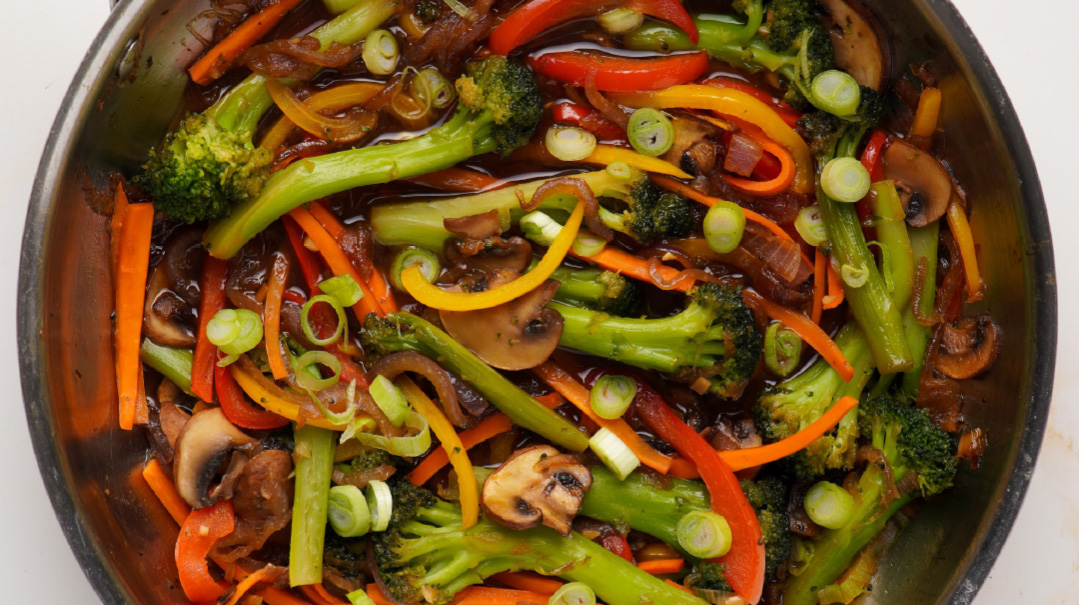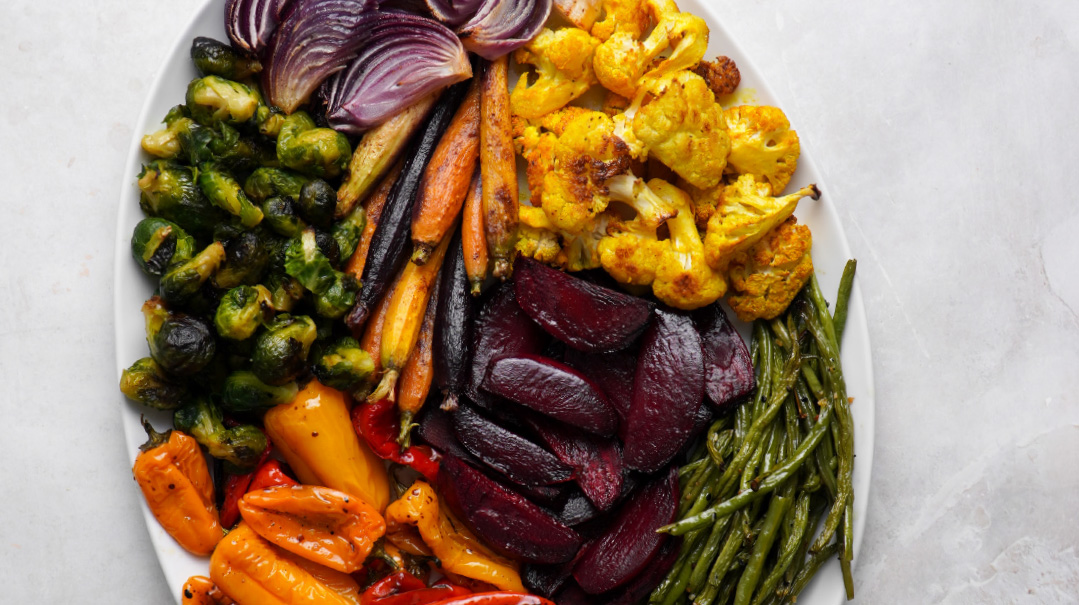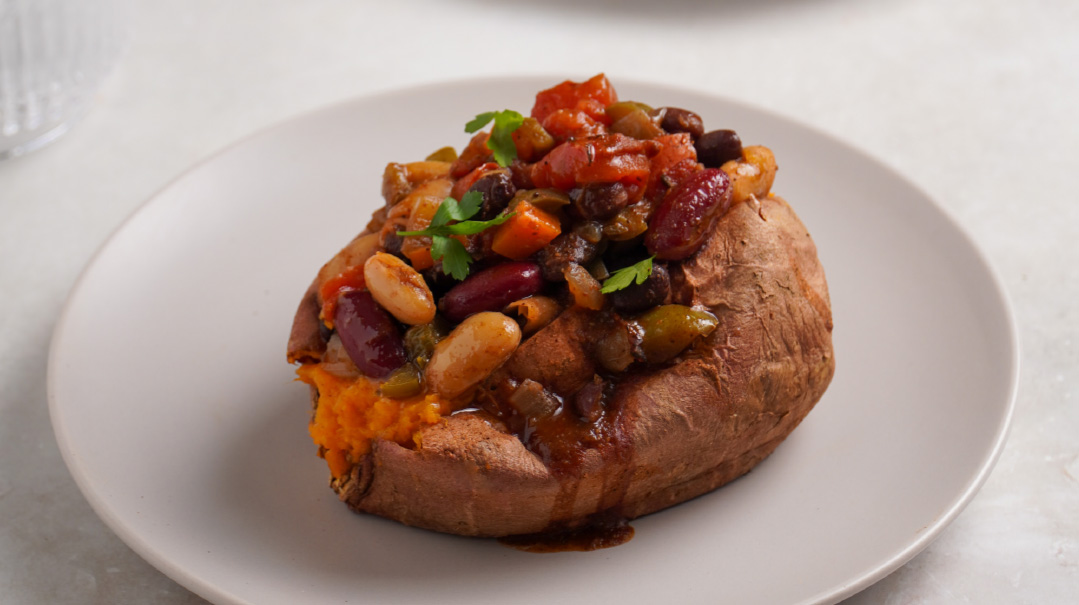Meat Your Match
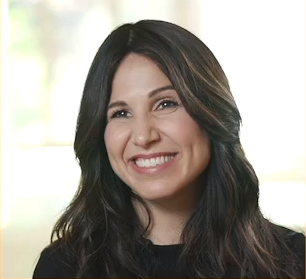
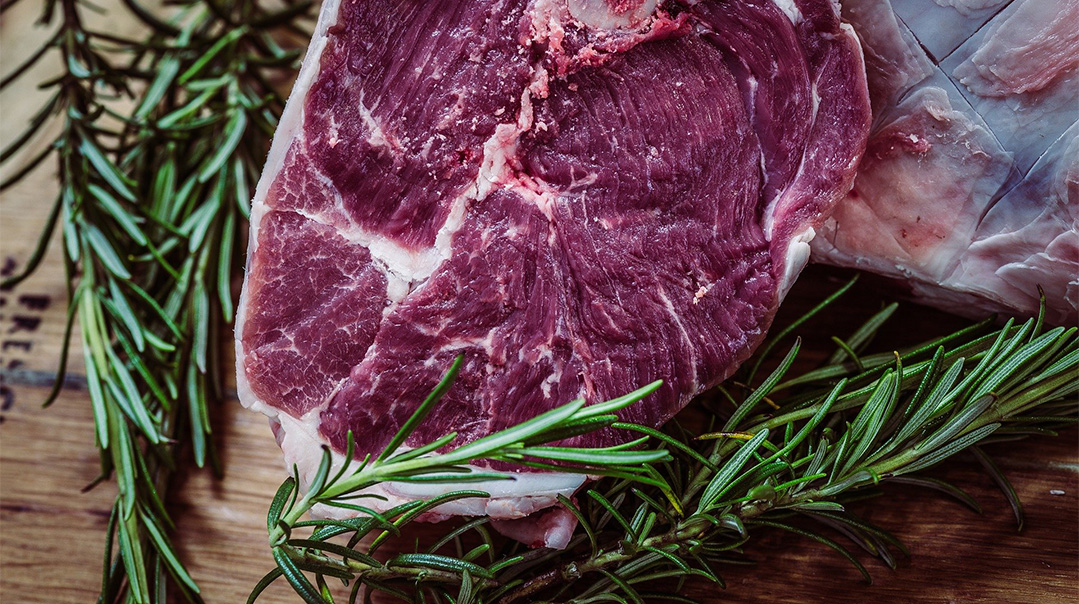
Meat has gotten a bad rap over the years, and recently the controversy over whether it deserves a place in our diet has grown. With meat taking center stage on lots of Yom Tov tables, I thought now would be a good time to take a closer look at it.
According to the National Institute of Health, “To date, extensive research did not show evidence to support a role of dietary cholesterol in the development of CVD. As a result, the 2015–2020 Dietary Guidelines for Americans removed the recommendations of restricting dietary cholesterol.”
Based on my education and research, I feel that for most healthy people, red meat can have a healthy, if somewhat limited, place in your diet. Of course, people with higher cholesterol, or those whose doctor is advising otherwise, should limit or avoid it according to the advice of their healthcare practitioner.
The controversy doesn’t end with cholesterol, though. Today there’s lots of talk about grass-fed versus grain-fed beef and poultry. There are varied opinions (of course), but here’s mine in a nutshell.
The healthier the diet and lifestyle of an animal, the healthier its meat will be. The two main concerns I have regarding commercially raised meat are the living conditions and the diet they are provided. The cramped, largely indoor living conditions, the use of antibiotics and growth hormones, and the GMO grain- and corn-based diet they are fed, all serve to increase levels of stress hormones and other hormones in the animals, altering the hormonal makeup of their meat — and affecting ours as well.
The way that meat is raised these days — and chicken, too, for that matter — is really different than the way it once was. My now-retired zeidy ran Bookman’s Kosher Meat in Lakewood from 1950. When he heard about organic meat and chicken years ago, he called it a new-fangled idea, until I explained that organic meat and chicken is just raised the way it was when he started out as a butcher — the animals can actually cluck and peck or graze around the yard or field and do what cows and chicken do. The problem is, raising cattle and chickens that way is not as fast or as cost-efficient as are huge, packed indoor barns with little room for movement.
Oops! We could not locate your form.









